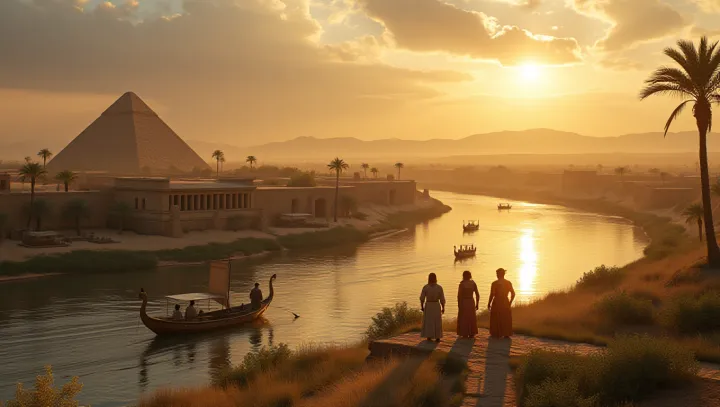Unveiling the Nile: Earth's Longest River

The Nile River, revered as the longest river on the planet, flows majestically through northeastern Africa. Its 4,135 miles stretch through eleven countries, including Egypt and Sudan, forming a lifeline for millions of people who depend on its waters for survival. This remarkable river has been central to human civilization, with its fertile banks nurturing some of the earliest known societies.
Ancient Egyptians, for instance, thrived on the predictable flooding of the Nile, which enriched their soils, enabling the growth of a powerful civilization. Today, the Nile continues to be a critical resource for agriculture and water needs. However, it faces modern challenges such as climate change, population growth, and political tensions over water rights—an issue drawing significant attention from international observers.
As Dr. John Rivers, an esteemed geographer, notes, 'The Nile is not just a river. It is a testament to the enduring interplay between nature and human ambition.
Its future viability is a shared responsibility among nations it commandeers.' The Nile River remains a symbol of history and a beacon for sustainable development. As attention turns to its future, preserving this geographic marvel is a pressing concern for both local and global communities.
